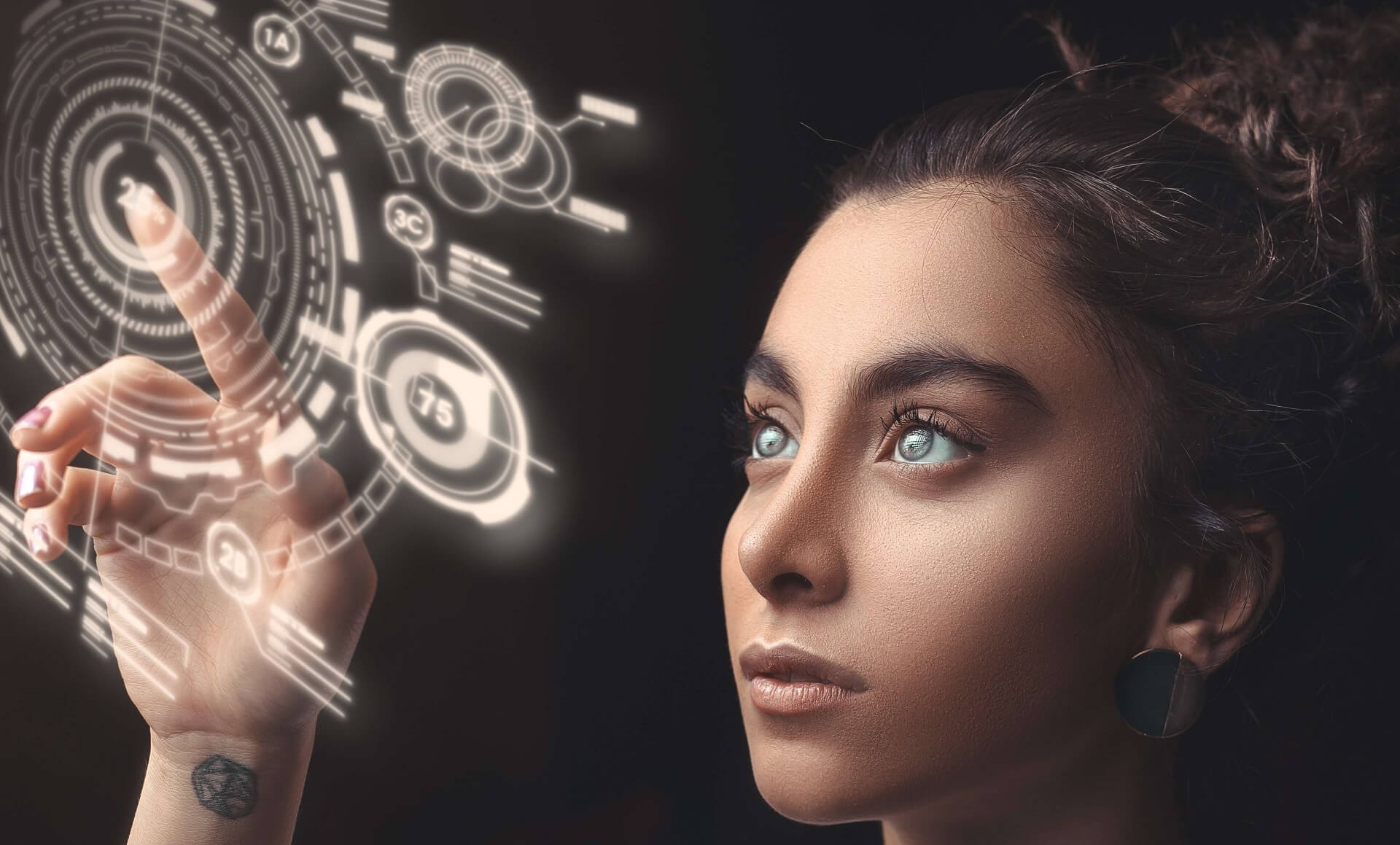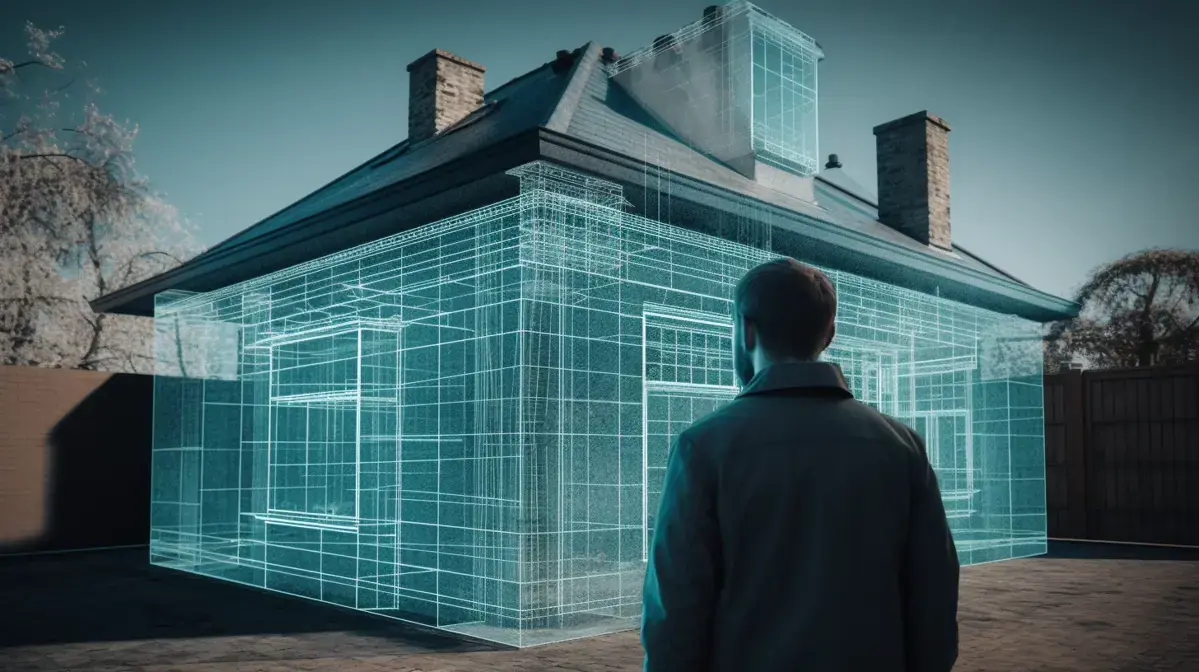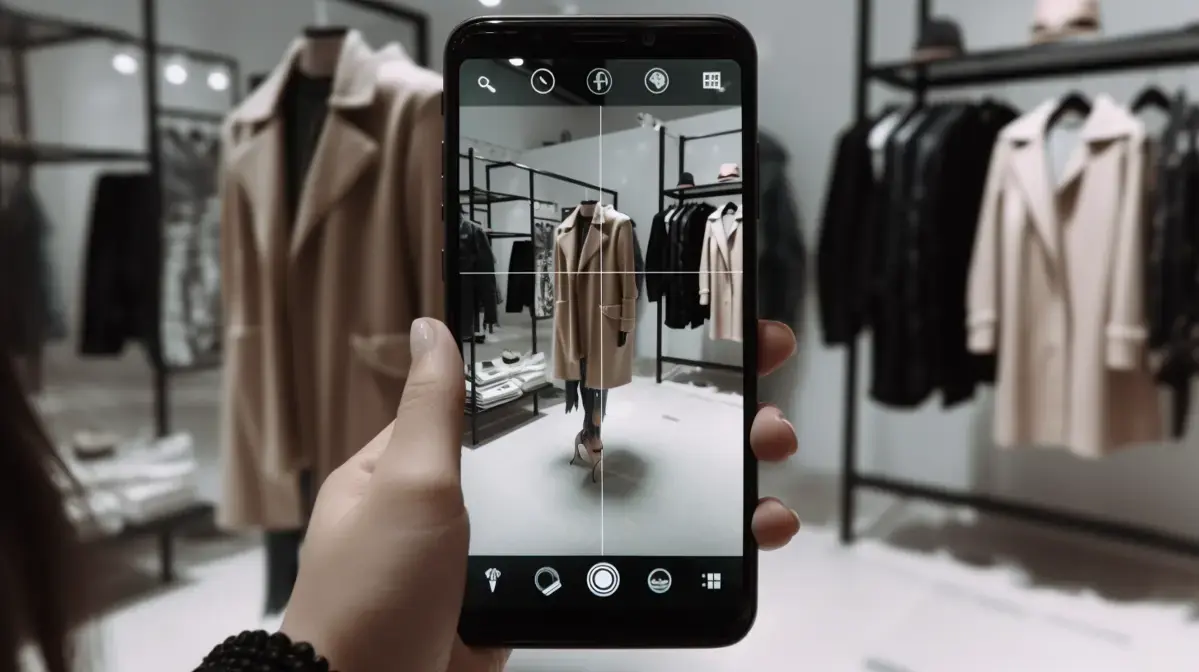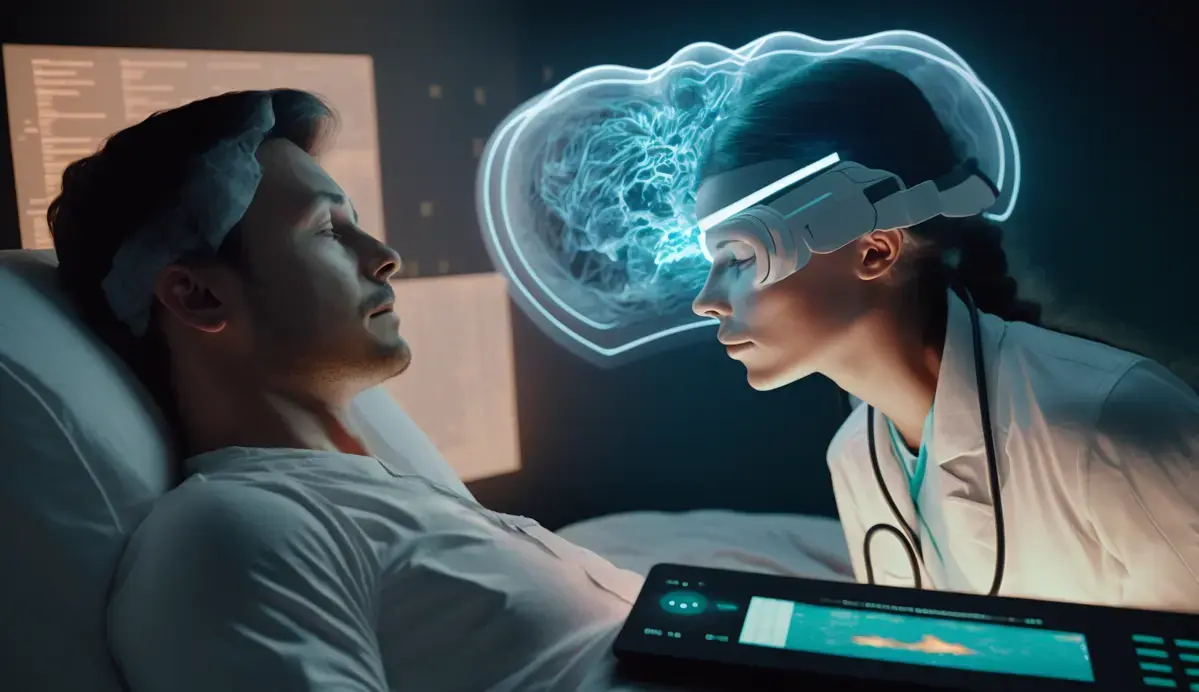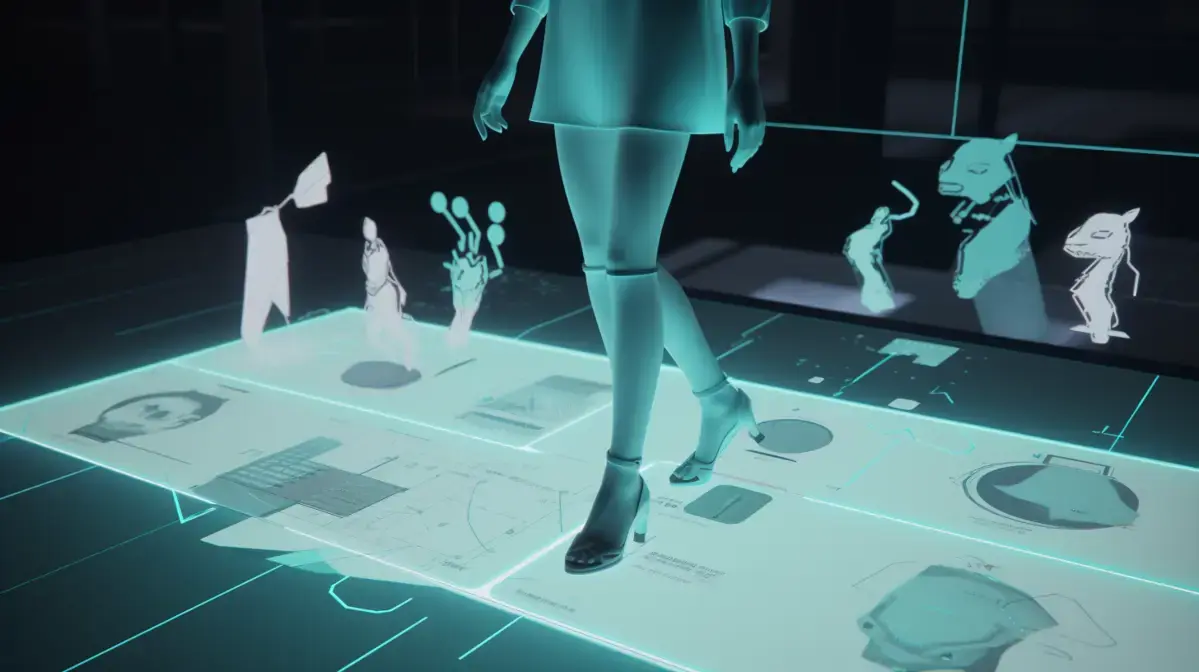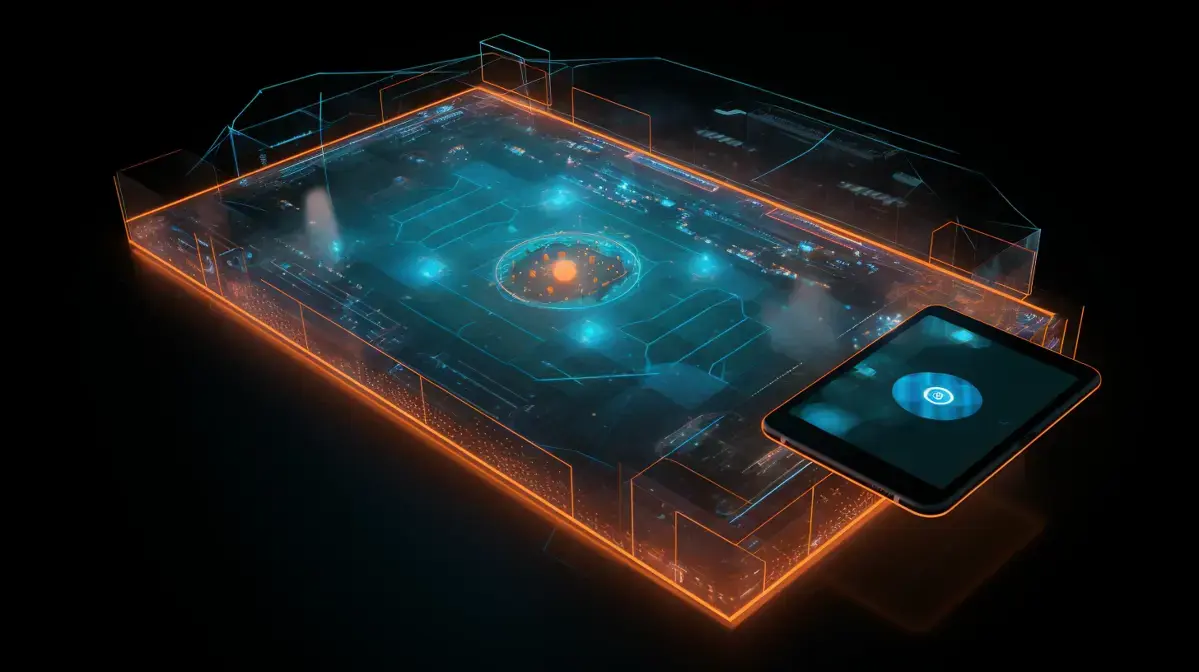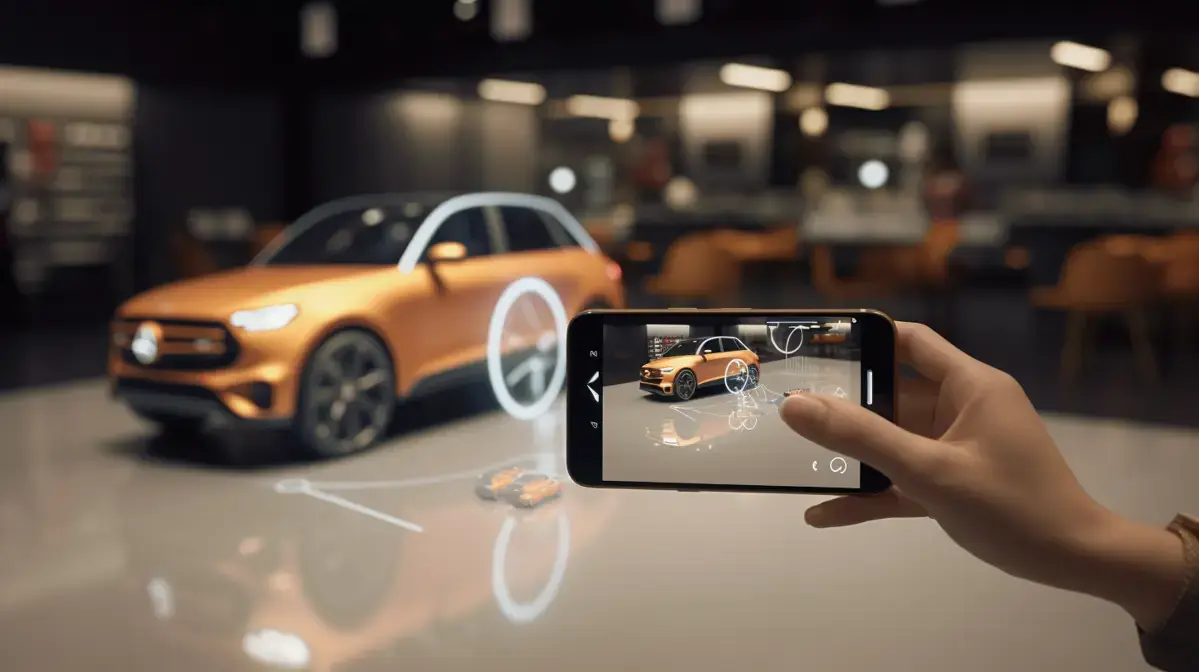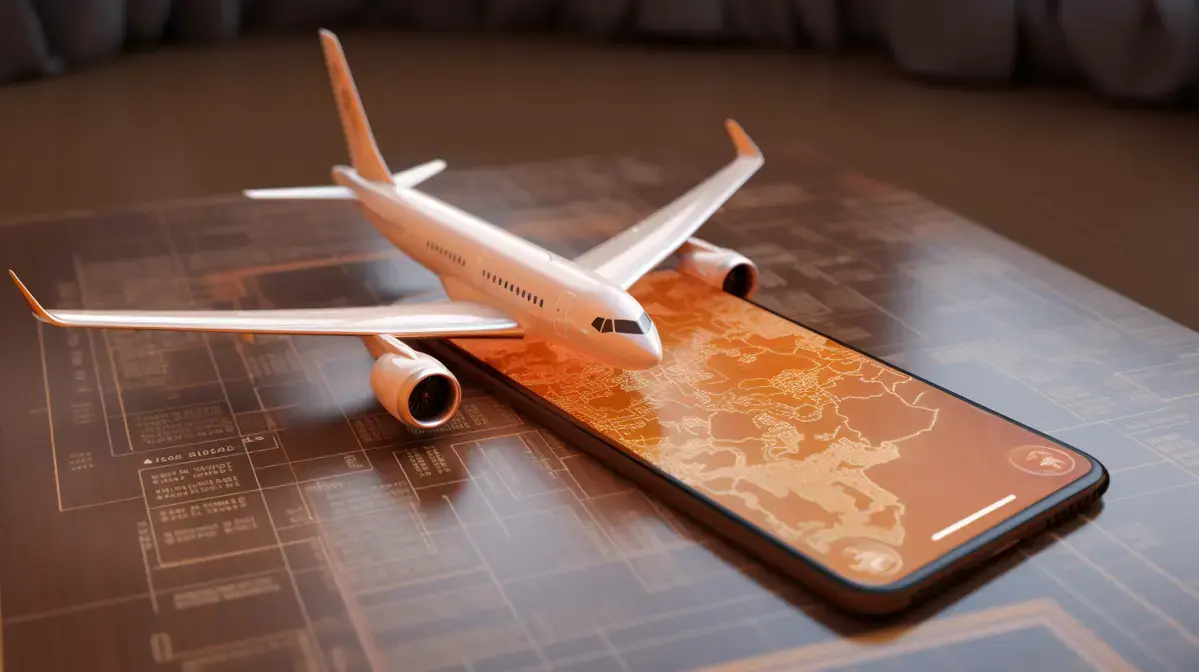Augmented Reality (AR) is revolutionizing the way clients experience architecture. This innovative technology allows architects to create hyper-realistic 3D models and simulations, giving clients an immersive and interactive preview of their projects. By enhancing the client experience through AR, design decisions can be made more efficiently, resulting in faster approval times.
One performant feature of AR is its ability to provide accurate spatial context. With a simple tap on a smartphone or tablet screen, clients can walk around virtual models of their buildings at full scale while interacting with different materials and design choices. They can even see how natural light will affect the space throughout the day.
Another advantage of using AR in architecture is it enables collaborative decision-making between architects and clients from multiple locations without needing access to physical blueprints or designs. The use of augmented reality promotes transparency among all stakeholders involved including; builders & developers alike as they are able to envision what architectural plans would look like before approving them for construction.
By incorporating this new technology into their workflow Architects are able offer improved client satisfaction by delivering more visually appealing building designs that meet specific specifications in terms interior/exterior layout etc
To read more about Augmented Reality’s impact visit Argeopin
Table Of Contents
- Key Points
- Introduction: Understanding Augmented Reality in Architecture
- The Benefits of Augmented Reality for Architectural Design and Planning
- Enhancing the Client Experience through Augmented Reality Visualization
- Interesting Facts
- Real-Time Collaboration with Clients Using Augmented Reality
- Cost-Savings with Augmented Reality Technology in Architecture
- Improving Communication and Project Efficiency with Augmented Reality Tools
- FAQs
- Key Takeaways

Key Points
- Augmented reality enhances visualization and collaboration in the architecture industry.
- Clients can experience designs in a more immersive way, leading to better decision making.
- AR technology allows for quick and efficient changes during the design process based on client feedback.
- The use of AR improves communication between architects, clients, contractors, and other stakeholders involved in the construction process.
Introduction: Understanding Augmented Reality in Architecture
Augmented reality (AR) technology is revolutionizing the field of architecture, allowing designers to create and visualize their projects in ways that were previously unimaginable. With its ability to superimpose three-dimensional digital information onto real-world environments, AR has opened up new possibilities for architects looking to communicate their ideas more effectively.
As an English-born AR expert who has been at the forefront of this emerging field for many years, I can attest to how exciting it is to see these new technologies being embraced by architects around the world. From small-scale residential projects to large commercial developments, AR offers a range of benefits that are hard to ignore.
For example, one key advantage of using augmented reality in architecture is that it allows designers and clients alike to truly experience a project before it’s even built. By overlaying virtual 3D models on top of physical spaces – whether through smartphones or headsets – users can walk through an environment as if they’re really there. This “mixed-reality” approach not only helps stakeholders understand what a building will look like but also gives them a better sense of how it will function within its surrounding landscape.
Another advantage involves collaboration: with augmented reality tools like BIMx Hyper–models or SketchUp Viewer+, multiple team members from different locations are able to co–create within one coherent global model, instead of just relying on designs shared via email threads buried deep in Outlook folders. Stakeholders have access instantly, without needing any special software licenses or plugin installs across platforms—PC/Mac/iPad/iPhone, etc.—improving communication efficacy between cross–discipline teams, working together seamlessly.
Augmented Reality technology presents endless opportunities for innovation and creativity when used correctly by Architects across varying applications-specific use cases relating [to] conceptualization stages & prototyping challenges faced during construction site phases until post-occupancy surveys provide valuable feedback loops informing future improvements incorporating end-user experiences into consideration while respecting traditional 2D design methods. With the potential to enhance communication, collaboration and visioning in the architectural industry, it’s no wonder architects and designers are embracing AR as a vital tool for their profession. So why not join them by exploring how AR can improve your next project?
The Benefits of Augmented Reality for Architectural Design and Planning
Augmented Reality (AR) is an exciting and rapidly-growing technology that has transformed the world of architecture. AR creates a virtual environment by overlaying digital images onto real-world objects, creating an interactive and immersive experience for users. Architects have embraced this technology as a powerful tool for designing buildings, visualizing spaces, and presenting ideas to clients.
As someone who has been working in the field of Augmented Reality for several years now, I can say with confidence that AR is transforming architecture in ways we never thought possible. It allows architects to walk through their designs before construction begins, giving them a deeper understanding of how different elements will look and feel together in real time.
One example I often give is from my own experience working on an urban renewal project in London. We created an AR model that would show residents what their community would look like after it was revitalized – complete with new green spaces, bike lanes and sustainable homes – all overlaid on top of footage from current day reality captured by drones flying above the area.
The impact was immediate: people were able to see what life could be like if they supported our plan instead of just reading about it or looking at static blueprints. This fueled excitement not only among residents but also city planners who began using our models to make informed decisions about where resources should be allocated.
Overall Augmented Realty offers designers intuitive tools for seeing complex concepts more effectively than ever before; opening up expansive possibilities previously unexplored within architectural design . Now let’s dive deep into how augmented reality works its magic within Architecture.
Enhancing the Client Experience through Augmented Reality Visualization
Augmented reality technology has made groundbreaking progress in the field of architecture. Architects are now using AR to design, plan and showcase their projects. This result has been a significant revolution in architecture with a new way of presenting designs and ideas to clients, stakeholders or even students.
The ability of architects to visualize spatial concepts accurately is essential for designing buildings that satisfy client requirements. In many cases, traditional techniques like 2D drawings or physical models fall short when communicating this information effectively.
AR allows designers not only the freedom to create but also provides an immersive experience that helps them interpret their surroundings better than ever before. The use of AR enables not only realistic visualization but real-time collaboration between all stakeholder parties involved in bringing architectural plans into life.
One example where AR proved its value was during one particular project – building ‘The Whale’ observation center on Norway’s Andøya island. The architect used Microsoft’s Hololens headset as part of designing the structure; she could see how her creation would look like “in situ.” She then incorporated suggestions from engineers who were looking at data feeds about what it takes for supporting structures so they could work together iteratively until arriving at final product.
Architects believe augmented reality will keep changing our perception towards buildings by enhancing efficiency during planning processes while providing interactive ways people can interact within these spaces.
Interesting Facts
- The use of augmented reality technology in architecture has been around for over a decade, but it is only recently that it has gained significant attention.
- Augmented reality can enhance the client experience by allowing them to visualize their project in 3D and make real-time changes before construction even begins.
- The use of augmented reality can also save time and money by reducing the need for physical mockups or models.
- Architects are not the only ones using augmented reality; builders, engineers, and contractors are also adopting this technology to streamline their processes and improve collaboration with clients.

Real-Time Collaboration with Clients Using Augmented Reality
Augmented Reality (AR) has become an increasingly popular topic in architecture, providing endless possibilities for architects and designers to transform the way we view and interact with the built environment. AR technology allows virtual elements to be superimposed onto the physical world through various devices such as smartphones, tablets or smart glasses. From visualizing complex designs before construction begins to enhancing building maintenance processes, AR is a game-changing tool that revolutionizes how architects design buildings.
For years now, augmented reality has been pushing creative boundaries in architecture by allowing architects to present their ideas like never before. With this technology at hand, it’s possible for stakeholders of a project – from clients right down to construction workers – see exactly what they’re getting even before any work begins; hence saving time on expensive prints and reworks while also improving communication between all involved parties.
One prominent example of AR use in architecture is its application during pre-construction visualization stage. Architects can create 3D models of proposed projects then overlay them onto existing spaces using compatible software applications like SketchUp Viewer or BIMxPRO on iOS platforms- which helps demonstrate potential alterations that would otherwise go unnoticed without accurate representation beforehand. Further more, it helps clients understand better what they will buy/build while giving contractors a detailed understanding about where changes are required.
In conclusion ,augmented reality brings significant transformational capabilities within architectural practice due largely from its ability bridge gaps between imagination and perception which have long plagued professionals working within this industry– In essence making it invaluable tool that should be embraced fully .
Cost-Savings with Augmented Reality Technology in Architecture
Augmented Reality (AR) is an exciting technology that has been gaining popularity in architecture. It’s a powerful tool that allows architects to visualize their designs in real-time, providing them with insights into how they can improve their work. From designing buildings and interiors to marketing properties, AR lets architects create immersive experiences for clients.
As someone who has been working with AR for years, the English born expert understands its potential. They know firsthand what it feels like to use devices such as the HoloLens or Magic Leap One as they bring 3D models of buildings to life right before their eyes.
One particular experience stands out: while using an AR headset during a project presentation, the architect was able to walk through a digital version of his design. He could see everything from different angles and adjust every tiny detail until he was satisfied with every aspect of his design.
Augmented reality is an innovative tool that helps bridge gaps between imagination and practicality by giving designers realistic impressions instantly.
Improving Communication and Project Efficiency with Augmented Reality Tools
Augmented reality (AR) has revolutionized the way architects design, present and construct buildings. AR technology offers an immersive experience that allows users to interact with digital models of physical spaces in real-time. It enables architects to showcase their designs in a highly engaging manner, allowing clients and stakeholders to visualize what their projects would look like when completed.
As an English-born AR expert with years of experience working on architectural projects globally, I have witnessed first-hand how the use of AR technology can transform traditional 2D plans into dynamic visualizations. AR applications give life to architectural designs by overlaying virtual elements onto physical space or providing insights on potential changes before construction begins.
Moreover, using augmented reality during site visits can help identify structural challenges early enough for effective problem-solving; this leads ultimately towards saving time and reducing cost spent on revisions later down the line when problems could arise post-construction.
In addition, utilizing augmented reality tools for architecture opens up a new realm of possibilities that allow people from all walks-of-life – regardless if they are experts or enthusiasts –to witness buildings come alive as never before. For example: imagine standing at ground zero looking up at One World Trade Center tower through your mobile screen knowing you’re interacting with it not just observing? This is all made possible thanks largely due advancements seen within Augmented Reality technologies across recent years.
FAQs
1. What is Augmented Reality?
A: Augmented Reality (AR) is a technology that superimposes digital elements, such as graphics or text, onto the real world through devices like smartphones or smartglasses.
2. How does AR enhance the client experience in architecture?
A: With AR, clients can visualize how their project will look and feel before construction even begins. This allows for better communication between architects and clients and ensures that both parties are on the same page throughout the design process.
3. What are some benefits of using AR in architecture?
A: Using AR in architecture can lead to increased efficiency by catching errors earlier on in the design process, which can save time and money during construction. It also provides a more immersive experience for clients by allowing them to interact with their designs virtually.
4.How widely used is AR currently within architectural practice? Beyond initial speculative consultations with potential new projects , use of augmented reality tools remains relatively small scale within architectural practices; often limited to prototyping individual building components.
`

Conclusion
In conclusion, augmented reality has brought about a revolution in the architecture industry. It has enabled architects to present their designs in an interactive and engaging manner that enhances client experience. Augmented reality allows clients to visualize finished projects even before ground is broken on the construction site, which mitigates risks of design errors or misunderstandings between clients and architects.
Moreover, it saves time and money by providing a cost-effective alternative to physical scale models while still giving stakeholders realistic views of what they can expect from the project. Additionally, AR can be used as a means of improving communication between different professionals involved in building – including engineers and contractors.
With its ability to bring 2D drawings into 3D worlds instantly, augmenting even small-scale structures with detailed information overlays so clients understand every aspect fully; there’s no doubt that AR technology will continue transforming how we experience architecture moving forward.
Key Takeaways
- Augmented reality offers architects and clients a more immersive and interactive experience during the design process.
- The ability to visualize designs in real-world contexts allows clients to better understand what their finished project will look like.
- AR technology can also aid in identifying design flaws, reducing costly errors during construction.
- The incorporation of AR tools into architecture can lead to increased efficiency, client satisfaction, and overall success of projects.
